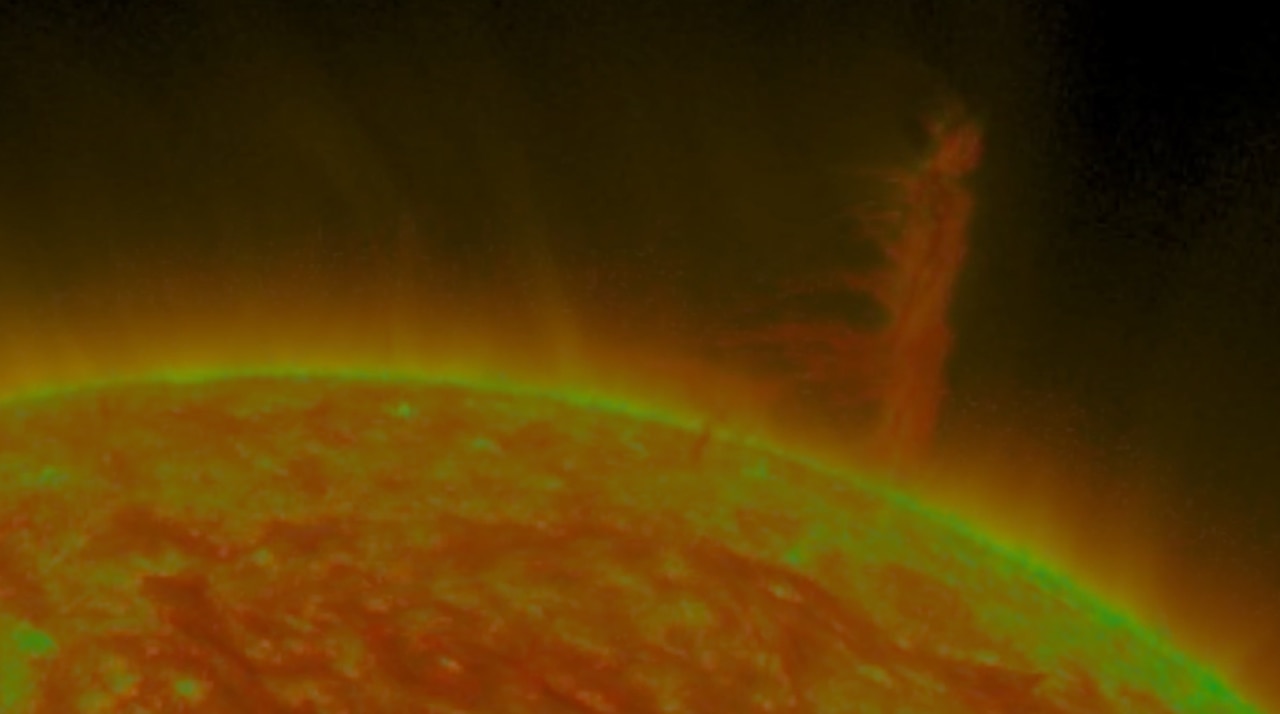Solar tornado ‘really cool to look at,’ says NASA astronomer
“Really, really cool to look at.”
NASA Huntsville solar scientist Mitzi Adams said this week’s solar tornado as tall as 14 Earths was interesting but not particularly noteworthy from a scientific perspective beyond the height and positioning that made it easy to see from Earth.
“It’s really just a prominence,” Adams said, “and prominences are loops of magnetic field that contain plasma.” They can spin within the magnetic field that holds them, but too much twisting and the field releases. “Then you have an ejection of particles that may or may not escape from the Sun,” Adams said, “and you could have a coronal mass ejection.”
For Adams and other solar scientists, seeing the Sun get attention is a good thing. Having a tall, observable prominence is also good. “We haven’t always been able to observe these things easily,” Adams said. “I suspect they’ve been happening all the time. We just haven’t been able to see them.” That’s because the Solar & Heliospheric Observatory wasn’t launched until the 1990′s and the Solar Dynamics Observatory in 2010.
Today, even amateur telescopes can be large and sophisticated and more of us can see more of what’s out there. “I wouldn’t go so far as to say it’s the biggest one ever,” Adams said of this prominence, “but it might have been the biggest one that we’ve observed in a while.”
A week ago Monday, there was a “very large coronal mass ejection from the backside of the Sun,” Adams said. It was directed away from Earth but even so, some of those high-energy particles were measurable here.
The Sun has an activity cycle of about 11 years, Adams said. “We define it by counting the number of sunspots each day then plotting a monograph. There is about an 11-year difference between two solar maxima. So, right now we’re heading toward a solar maximum and there are more sunspots this year than last year.”
And whenever there are sunspots, Adams said, there’s more likelihood of solar activity. And we can keep track of it all via the website solarmonitor.org. Another NASA website, sdo.gsfc.nasa.gov, also tracks the Sun’s changes.
